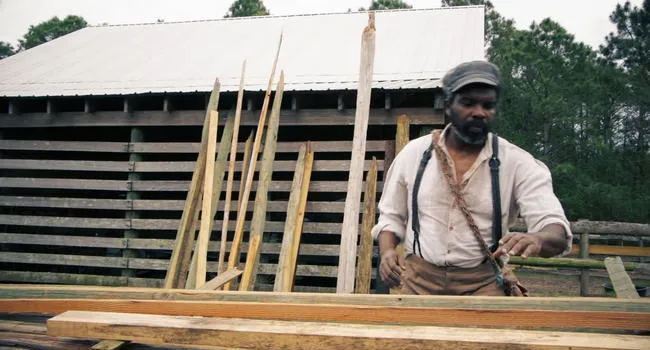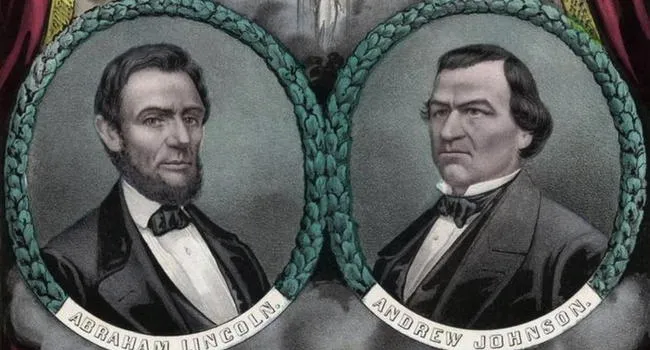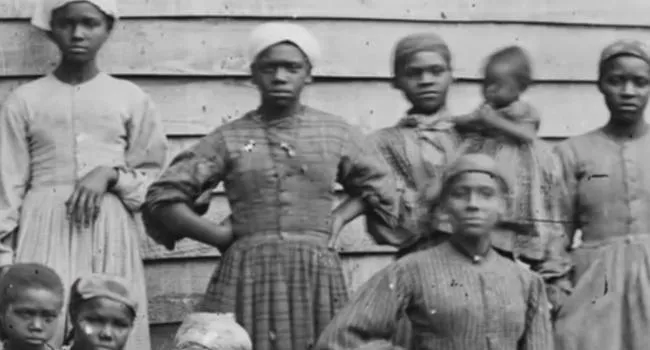Enslaved people did not have full rights to their children, or control over their lives. When freedom came, parents could take an active role in the upbringing of their children, leading to stronger parental bonds and more stable families.
Reconstruction 360 uses a 360 degree video platform as a storytelling device that lets the audience step inside pivotal Reconstruction events. By clicking on icons within the 360 video the user can access short documentaries that offer the perspectives of multiple characters. Reconstruction 360 also includes lesson plans, primary documents, curriculum standards and a geolocative walking tour of Reconstruction sites in downtown Columbia, S.C. This module, 40 Acres and a Mule, focuses on the theme of land and labor at the close of the Civil War. It is a prototype for a larger project that will include five more themes.
Standards
- 4.5.CO Compare the roles of various groups on Reconstruction.
- 4.5.P Summarize Reconstruction as a turning point in American history.
- 4.5.CX Contextualize the economic, labor, political, and social conditions in South Carolina during the period of Reconstruction.
- This indicator was developed to encourage inquiry into how Reconstruction resulted in the foundation for the struggle for civil rights. This indicator was also developed to foster inquiry into Reconstruction Era policies such as Constitutional amendments, black codes, and Jim Crow Laws.
- 4.5.E Analyze multiple perspectives of the economic, political, and social effects of Reconstruction on different populations in the South and in other regions of the U.S.
- This indicator was developed to encourage inquiry into how the former planter class, African Americans, women, and others adjusted to, gained, lost, and/or regained position and status during Reconstruction. This indicator was also written to foster inquiry into how South Carolina worked with a stronger federal government and expanding international markets.
- 8.4.CC Analyze continuities and change in the African American experience in the period of Reconstruction and Jim Crow eras within South Carolina.
- 8.4.E Utilize a variety of primary and secondary sources to analyze multiple perspectives of the challenges and changes within South Carolina and the nation that allowed the U.S. to emerge as a global power during the time period 1862–1929.
- USHC.2.CX Contextualize the perspectives on the role of the federal government in securing natural rights during the period 1830–1877.
Resources
You need to be logged in to listen to view this content. Create an account now; it's quick, easy, and free!
Log In to View




